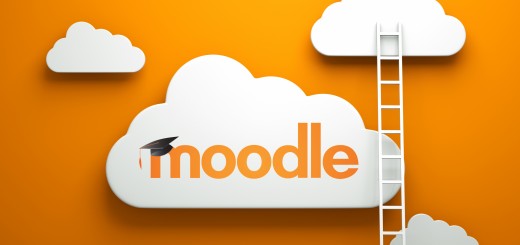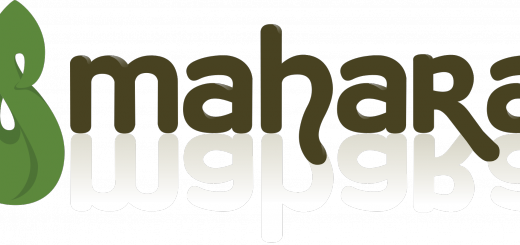Accessibility in Moodle & Mahara
Use of technology to enhance learning, teaching and assessment should be considered and appropriate, and should never exclude any learner from engaging in the process. The burden of inclusivity lies with all staff, by curriculum design, and it should not be left to students to adapt.
Inclusivity can refer to efforts made to address a broad range of issues in making technology available to and usable by all (see our previous post on Universal Design for Learning), whereas accessibility primarily focuses on people with disabilities.
Websites built with accessibility in mind are flexible in meeting different user needs, preferences and situations. Though these methods can increase usability for everyone who uses the Web they are often legally required to be implemented in a specific effort to prevent discrimination against people with disabilities.
Moodle
Moodle’s goal is to be fully accessible and usable for all users regardless of ability.
The Accessibility page on the Moodle website describes the current state of accessibility in Moodle as well as their plans for the future.
Moodle core developers spend a lot of time making sure new developments are accessible. Part of the process when building new code in Moodle is to follow established best practices and part of the process for accepting new code into core is to test pages carefully and gather feedback from experts.
Moodle supports the use of assistive technologies such as screen readers, text magnifiers and speech-to-text solutions.
Moodle is a complex system with many parts. The interface can be heavily customised using themes and thousands of settings. Actual content can be produced by any tutor or any student. As such it is impossible to say with 100% certainty whether Moodle or any site based on Moodle is absolutely accessible or not.
Technology alone doesn’t make online learning accessible, because even though Moodle itself is accessible, courses and imported content might not be. Familiarising yourself with best practices for designing accessible content is vital to ensuring full compliance.
Mahara
Mahara aims to be usable by as many individuals as possible, including those with disabilities or special needs.
As with Moodle, Mahara can only test built-in pages and the basic structure of portfolio pages as it is up to the users to ensure the content they upload is accessible.
Mahara has a good level of accessibility when it comes to viewing and creating content, some of the latest accessibility improvements include:
- Keyboard-accessible controls and elements
- Descriptive alt text for images
- Properly labelled graphical links and controls
- Use of focus management
- Text descriptions for screen reader users
You can find out more on the Accessibility page on the Mahara wiki.
Web Accessibility Initiative
AS you have read, the accessibility of the tools and technologies we put in place is just the beginning, the burden of inclusivity and accessibility lies with all users of the platform, and it should not be left to students to have to adapt.
Web Accessibility Initiative (WAI) provide strategies, guidelines, resources to make the Web accessible to people with disabilities, including these Accessibility Principles: http://www.w3.org/WAI/intro/people-use-web/principles.html
Through engagement with inclusivity and accessibility issues, and active consideration of what and how you use technology to facilitate learning and teaching, you will be aligning your practice to the UK Professional Standards Framework (UKPSF). In particular the Professional Values and dimensions V1: Respect individual learners and diverse learning communities and V2: Promote participation in higher education and equality of opportunity for learners.
Please leave your questions or comments below…
Phil
Disability History Month
UK Disability History month (UKDHM) takes place between 22 November and 22 December each year, visit the York St John Equality website for more help, information, advice and events.


